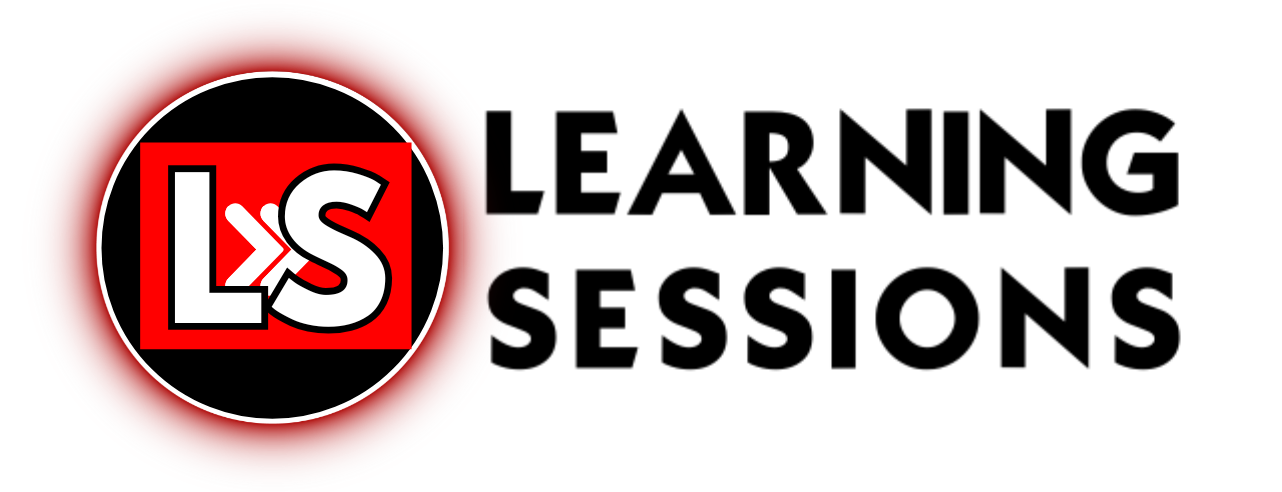This detailed guide on Ethics at the Individual Level – Part 3 covers every important concept like Managing by Values, Ethical Dilemmas, Moral Compass, Lenses of Ethics, Instrumental vs. Terminal Values, and Removing Opportunities for Misconduct — all explained from both an exam and practical perspective.
📚 JAIIB Study Resources 📚
👉 Check Here
👉 Check Here
👉 Check Here
👉 Get Tests Here
👉 Check Here
WATCH FULL VIDEO FIRST:
1. Meaning of Ethics at Individual Level
Ethics at the individual level focuses on the personal moral principles, conscience, and character that guide a person’s behavior. In the context of banking, it defines how an employee behaves while performing duties involving public money, trust, and confidentiality.
- Individual ethics determine personal accountability.
- They act as a moral filter when written rules are silent.
- They help in decision-making when profit and morality clash.
- They shape an employee’s professional reputation and credibility.
Every banker must internalize values such as honesty, fairness, respect, empathy, and confidentiality to maintain institutional trust.
2. Managing by Values (Core Concept)
Managing by Values (MBV) is a modern leadership approach that integrates organizational goals with ethical principles. Instead of being managed by fear or control, people are inspired by shared values.
In the MBV approach, values act as the moral compass that guides all managerial and operational decisions. The focus shifts from short-term targets to long-term sustainability based on trust and reputation.
Key Benefits:
- Improves alignment between individual and organizational goals.
- Creates a transparent and trust-based environment.
- Encourages self-discipline and ethical accountability.
- Promotes long-term profitability through goodwill and credibility.
Examples of Core Values in Banking:
- Integrity and Honesty
- Transparency and Fairness
- Customer Centricity
- Confidentiality of Customer Data
- Accountability and Responsibility
3. Steps in Managing by Values
Implementing “Managing by Values” involves a structured process:
- Identify Core Values: Define key organizational values aligned with mission and vision.
- Communicate Values Clearly: Conduct workshops, circulars, and role-modeling by leaders.
- Integrate into Policies: Link values to HR policies, appraisals, rewards, and training.
- Monitor Adherence: Periodic ethical audits and behavioral evaluations.
- Take Corrective Actions: Address unethical conduct quickly and transparently.
- Reinforce Continuously: Recognize and reward employees who uphold values.
In simple words, ethics become culture only when values are lived daily.
4. Understanding Crisis Phases and Ethical Response
Organizations often face ethical crises — data leaks, bribery, insider trading, etc. Understanding the phases of crisis helps prepare and respond effectively.
- Pre-Crisis Phase: Warning signals appear; minor unethical behaviors are ignored.
- Trigger Phase: A small act (like misreporting) triggers investigation or complaint.
- Acute Phase: Media, regulators, and public scrutiny intensify; reputation is at risk.
- Recovery Phase: Corrective actions, restructuring, and rebuilding public trust.
Strong ethics culture ensures crises are prevented, detected early, and handled responsibly.
5. Ethical Dilemma and Moral Compass
An ethical dilemma is a situation where one faces conflicting values — choosing one moral action may violate another.
Examples of Ethical Dilemmas in Banking:
- Reporting a senior’s unethical act vs. risking career security.
- Rejecting a profitable client due to suspicious transactions (KYC norms).
- Granting loans under political pressure vs. maintaining credit discipline.
Steps to Resolve Ethical Dilemmas:
- Recognize the moral conflict.
- Identify stakeholders involved.
- Gather all relevant facts.
- List possible alternatives.
- Evaluate each option using ethical tests (utilitarian, rights, fairness, virtue).
- Choose the best ethical alternative and act decisively.
- Reflect and learn from the outcome.
Moral Compass:
The moral compass is an inner guiding principle shaped by education, values, upbringing, and experience. It helps bankers take the right call even in the absence of clear policy directions.
6. Lenses of Ethics: 4 Perspectives
Ethical issues can be analyzed through multiple lenses to ensure balanced decision-making:
- Prescription Lens: Focuses on laws, codes, and regulatory requirements (compliance view).
- People Lens: Considers impact on customers, employees, and other stakeholders.
- Person Lens: Focuses on virtues, integrity, and intentions of the decision-maker.
- Public Lens: Evaluates the impact on society, environment, and public interest.
By applying all four lenses, bankers can ensure decisions are not only legal but also moral and socially acceptable.
7. Business Ethics as an Oxymoron?
Some critics say “Business Ethics” is contradictory since business aims for profit while ethics emphasizes morality.
But in modern banking, profitability without ethics leads to short-term gain and long-term disaster.
Scandals like LIBOR manipulation, PNB fraud, and insider trading remind us that ethics and profitability must co-exist. Ethical behavior is not optional — it’s essential for sustainability.
8. Instrumental vs. Terminal Values
Values shape human behavior and decisions. They are categorized as follows:
| Type of Value | Description | Example |
|---|---|---|
| Instrumental Values | Means or behavioral traits used to achieve goals. | Honesty, courage, discipline, helpfulness. |
| Terminal Values | Desired end-states or life goals people seek to achieve. | Peace, happiness, security, self-respect, freedom. |
Ethical individuals use instrumental values as tools to achieve higher terminal values.
For bankers, integrity (instrumental) leads to customer trust (terminal).
9. Removing Opportunity for Misconduct
Ethical awareness must be supported by systems that reduce temptation and misconduct opportunities.
Organizational Measures:
- Strong internal controls and dual authorizations.
- Effective segregation of duties and job rotation.
- Transparent documentation and approval hierarchy.
- Surprise audits and whistleblower protection.
- Ethics training and periodic counseling sessions.
- Clear disciplinary policies for violations.
When systems minimize opportunity, even people with weak moral fiber are prevented from unethical actions.
Ethics at Individual Level Part 2 – Advanced Concepts for JAIIB Aspirants
10. Values and Decision-Making in Banking
Banking professionals face frequent ethical choices — from customer confidentiality to recovery practices.
Decision-making should always pass these ethical tests:
- Transparency Test: Would you be comfortable if this decision was made public?
- Fairness Test: Does this treat all stakeholders equally?
- Law Test: Is it in line with law, policy, and regulation?
- Self-Respect Test: Will I respect myself after making this decision?
Following these principles ensures both professional success and ethical satisfaction.
11. Important Practice Questions (for JAIIB)
- Define “Managing by Values” and explain its importance in banking.
- List the major steps in the MBV approach with examples.
- What are the phases of ethical crisis in organizations?
- Explain the concept of moral compass and how it guides decisions.
- Differentiate between instrumental and terminal values.
- Discuss how opportunity for misconduct can be minimized.
- Is business ethics an oxymoron? Give reasons for your answer.
- How can multiple lenses of ethics ensure balanced judgment?
12. Course Offer / Next Steps
For deep conceptual clarity and 100% syllabus coverage, join the JAIIB PPB Complete Course with live classes, bilingual lectures, PDFs, and mock tests.
Conclusion
Ethics at the Individual Level is not just theory — it is a mirror of your professional character. In a sector built on trust, your personal integrity defines the bank’s image. By following values, understanding dilemmas, and practicing ethical decision-making, you ensure a sustainable career and contribute to public confidence in banking.
Stay ethical, stay focused — because success with integrity is the only true success!







